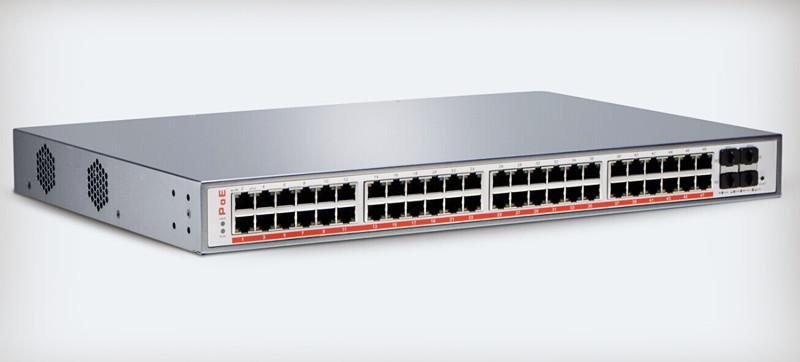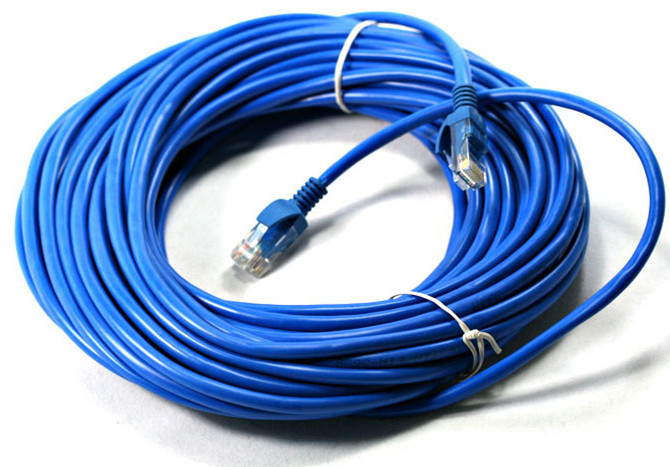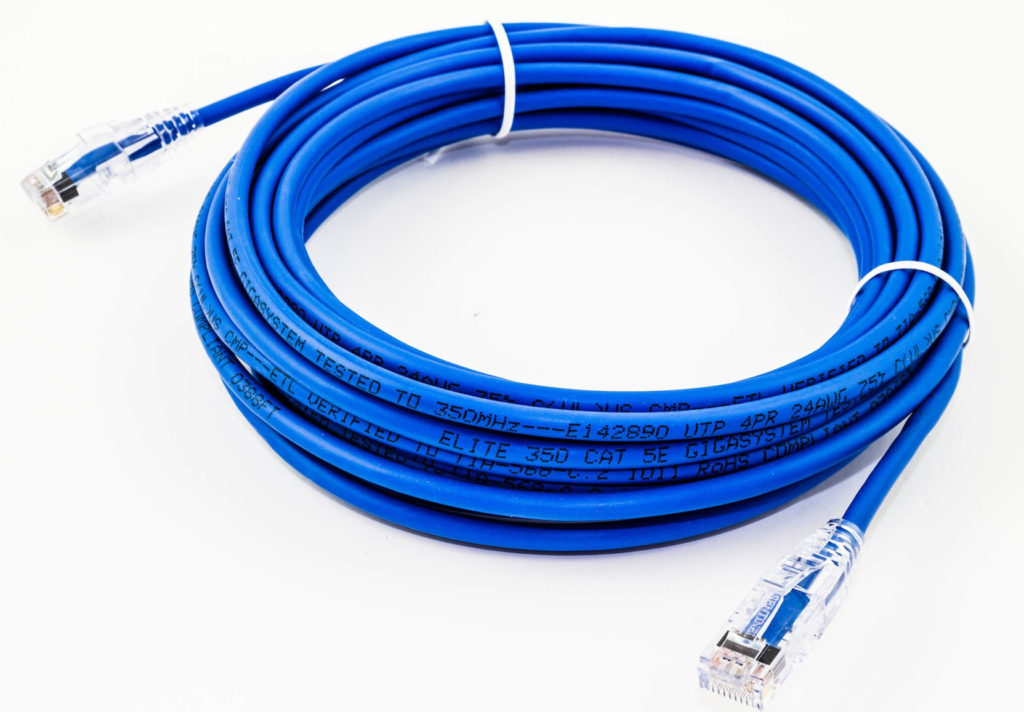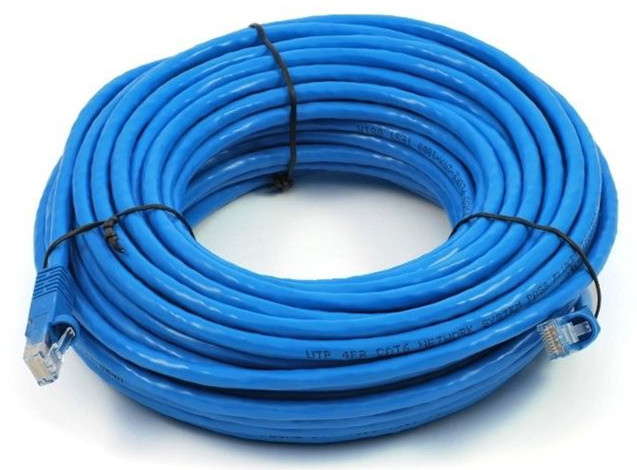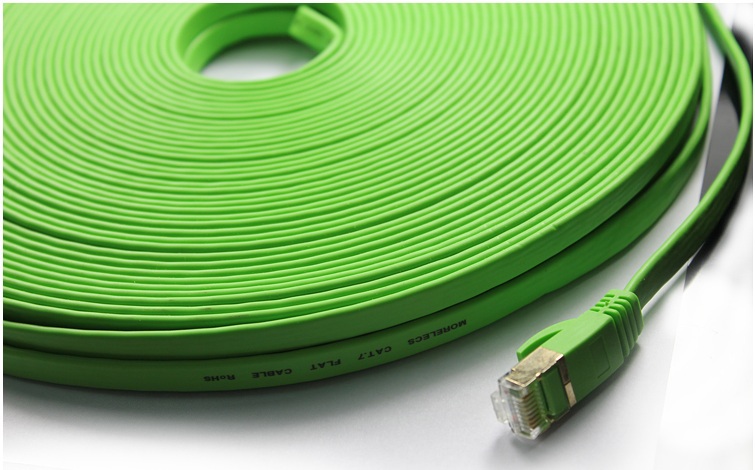Gigabit Ethernet has supplanted Fast Ethernet in wired local networks and becomes ubiquitous throughout the world, serving as one of the most prevalent enterprise communication standard. The Gigabit Ethernet standard supports a maximum data rate of 1 gigabit per second (Gbps)(1000 Mbps), 10 times faster than Fast Ethernet, yet is compatible with existing Ethernet. To link your switches and routers to a Gigabit Ethernet network, you need a Gigabit Ethernet transceiver module as a transmission medium. This article intends to introduce the most commonly used one—SFP transceivers. What kind of SFP fibre cable should I choose for my SFP?

SFP, short for small form-factor pluggable is a compact, hot-pluggable transceiver used for both telecommunication and data communications applications. SFP transceiver can be regarded as the upgrade version of GBIC module. Unlike GBIC with SC fibre optic interface, SFP module is with LC interface and the main body size of SFP is only about half of GBIC so that it can save more space. SFP interfaces a network device mother board (for a router, switch, media converter or similar devices) to a fibre optic or copper networking cable. It is designed to support SONET, Gigabit Ethernet, Fibre Channel, and other communications standards.
SFP transceivers are available with various transmitter and receiver types, which facilitates users to select the appropriate optical transceiver for different optical reach and optical fibre type (single-mode fibre or multimode fibre) required by different link. SFP transceiver modules can be divided into several different categories:
| Types | Transmission Medium | Wavelength | Distance |
| 1000BASE-T SFP | Twisted-pair cabling | / | 100 m |
| 1000BASE-SX SFP | Multimode fibre | 770-860 nm | OM1-275 m/OM2-550 m |
| 1000BASE-LX/LH SFP | SMF & MMF | 1270-1355 nm | MMF-550 m/SMF-5 km |
| 1000BASE-ZX SFP | Single mode fibre | 1550 nm | 70 km |
| 1000BASE-EX SFP | Single mode fibre | 1310 nm | 40 km |
| 1000BASE-BX10 SFP | Single mode fibre | 1480-1500 nm downstream, 1260-1,360 nm upstream | 10 km |
| CWDM and DWDM SFP | Single optical fibre | various wavelengths | various maximum distances |
SFP transceivers are found in Ethernet switches, routers, firewalls and network interface cards. Storage interface cards, also called HBAs or Fibre Channel storage switches, also make use of these modules. Because of their low cost, low profile, and ability to provide a connection to different types of optical fibre, SFP transceiver provides such equipment with enhanced flexibility.
FS.COM offers a full range of SFP transceivers compatible with major brands, such as Cisco, Juniper, Arista, Brocade, HPE, etc. All of these cost-effective compatible SFPs have been strictly tested to make sure 100% compatibility. The table below listed a small part of compatible SFPs supported on major branded switches.
| Brand | Switch Series | Model | Port Description |
| Cisco | Catalyst 6500 Series | WS-SUP720-3BXL | 2 SFP Port |
| VS-S720-10G-3C | 4 SFP Port | ||
| WS-X6724-SFP | 24 SFP Port | ||
| Nexus 9000 Series | N9K-C9396PX | 48 SFP Port | |
| IE3010 Series | IE-3010-24TC | 2 SFP Port | |
| ASR 9000 Series Router | A9K-MPA-20X1GE | 20 SFP Port | |
| Juniper | EX 4200 Series | EX4200-24T | 2 SFP Port |
| EX4200-48T | 4 SFP Port | ||
| EX4200-24T-DC | 2 SFP Port | ||
| MX480 Router | MX480 Router | 4 SFP Port | |
| SRX Series | SRX210 | 1 SFP Port (Option) | |
| QFX 5100 | QFX5100-48S | 48 SFP Port | |
| Arista | 7500 Series | DCS-7504 | 48 SFP Port (Option) |
| DCS-7508 | 48 SFP Port (Option) | ||
| 7050SX Series | 7050SX-64 | 48 SFP Port | |
| 7100 Series | DCS-7124S | 24 SFP Port | |
| Brocade | VDX 6720 | BR-VDX6720-16-R | 16 SFP Port |
| BR-VDX6720-24-F | 24 SFP Port | ||
| BR-VDX6720-40-F | 40 SFP Port | ||
| SX Series | SX-424F | 24 SFP Port | |
| SX-FI12GM-4-PREM | 12 SFP Port | ||
| Brocade BI-RX-8 | NI-MLX-1Gx20-SFP | 20 SFP Port | |
| HPE | ProCurve 5400zl Series | J8697A | 2 SFP Port |
| J9548A | 144 SFP Port | ||
| FlexFabric 5800 Series | JC101B | 4 SFP Port | |
| JG225B | 6 SFP Port | ||
| 5400R zl2 Series | J9584A | 24 SFP Port | |
| StorageWorks edge 2/12 | 348406-B21 | 12 SFP Port |
FS.COM SFP Fibre Cable Solutions
FS.COM offers comprehensive SFP fibre cables for common and special types of SFPs, including singlemode & multimode, simplex & duplex, UPC & APC, lengths from 1 meter to 30 meters in large stocks. We also provides Cat 5e patch cables for 10/100/1000BASE-T SFPs.
| Fiber Mode | Connector | Jacket |
| 9/125 SMF | LC Duplex | PVC/LSZH/OFNP |
| 9/125 SMF | LC Simplex | PVC/LSZH |
| 9/125 SMF | SC Simplex | PVC/LSZH |
| 50/125 OM2 | LC Duplex | PVC/LSZH |
| 62.5/125 OM1 | LC Duplex | PVC |
| Cat5e Patch Cables | Max Distance | Data Rate |
| Unshielded (UTP) | 100m | 1000Mbps |
| Shielded (FTP) | 100m | 1000Mbps |
Summary
This article offers switch and SFP fiber cable solution for SFP transceivers. Besides the major brands mentioned above, we also provide SFP transceivers compatible with other brands, such as Dell, Extreme, H3C, Huawei, Intel, IBM, Netgear, Ciena, D-Link, Avago, and so on. As to special requirements, please contact Sales@fs.com for suggestion.
Related Article:What Is SFP Port of Gigabit Switch?

